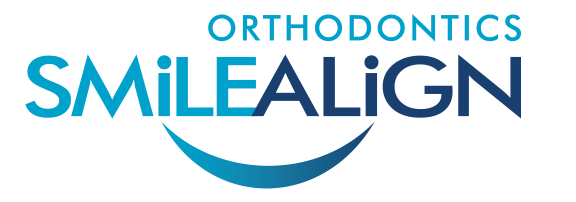

Although the majority of patients can be treated with a single phase of treatment, there are some children with specific problems who may require an additonal preliminary phase of treatment prior to complete braces. Two-phase orthodontic treatment is a specialized process that encompasses tooth straightening, functional improvements, and skeletal enhancement. The benefit of a two-phase treatment is in taking advantage of the opportunities afforded over time to achieve a healthy, functional, and esthetic result that better remains stable throughout life.
The goal of first phase treatment is to address specific factors affecting the growth of the jaws in order to accommodate all the permanent teeth, and to better relate the upper and lower jaws to each other. Specific types of problems which might require early intervention are finger, tongue, and breathing habits which may affect the way the teeth fit together. These habits can create functional problems such as crossbites (the side teeth biting improperly) and openbites (top and bottom teeth not touching). Children also sometimes exhibit discrepancies in the relative rate of skeletal jaw growth between the jaws. An upper or lower jaw that is growing too much or not enough can often be recognized at an early age. If children after age 6 are found to have these types of discrepancies, they may be candidates for early orthodontic treatment.
For children with the types of problems noted above, the disadvantage of waiting for complete eruption of permanent teeth and having only one phase of treatment, is that it may increase the possibility of a compromised result. It may also lead to a result which is not as stable over time compared with a similar child who had received early treatment.
Planning now can save your smile later
Because they are growing rapidly, select children can benefit enormously from an early phase of orthodontic treatment utilizing appliances that direct the growth relationship of the upper and lower jaws and resolve detrimental habits. This early correction may prevent later removal of permanent teeth to correct overcrowding and/or surgical procedures to align the upper and lower jaws. Leaving such a condition untreated until all permanent teeth erupt could result in a jaw discrepancy too severe to achieve an ideal result with braces.
Making records to determine your unique treatment
Orthodontic records will be necessary to determine the type of appliances to be used, the duration of treatment time, and the frequency of visits. Records consist of models of the teeth, x-rays, and photographs.
Following completion of the first phase of treatment there is usually a resting period during which the remaining permanent teeth are allowed to erupt. In some cases a retaining device is used to maintain the correction from the first phase. As the teeth erupt, the patient will need to be monitored to confirm that the teeth are erupting normally and to adjust the retainer so that it will not interfere with eruption of the teeth. These observation visits are complimentary following the first phase and will usually occur on a three to six month basis.
The goal of the second phase of treatment is to set the precise position of each tooth in the mouth so it can function in harmony with the lips, cheeks, tongue, and other teeth. When this equilibrium is established, the teeth can function together properly. The second phase should be initiated when most permanent teeth have erupted, and usually requires braces on all the teeth. Retainers are worn after the second phase to ensure you retain your beautiful smile.